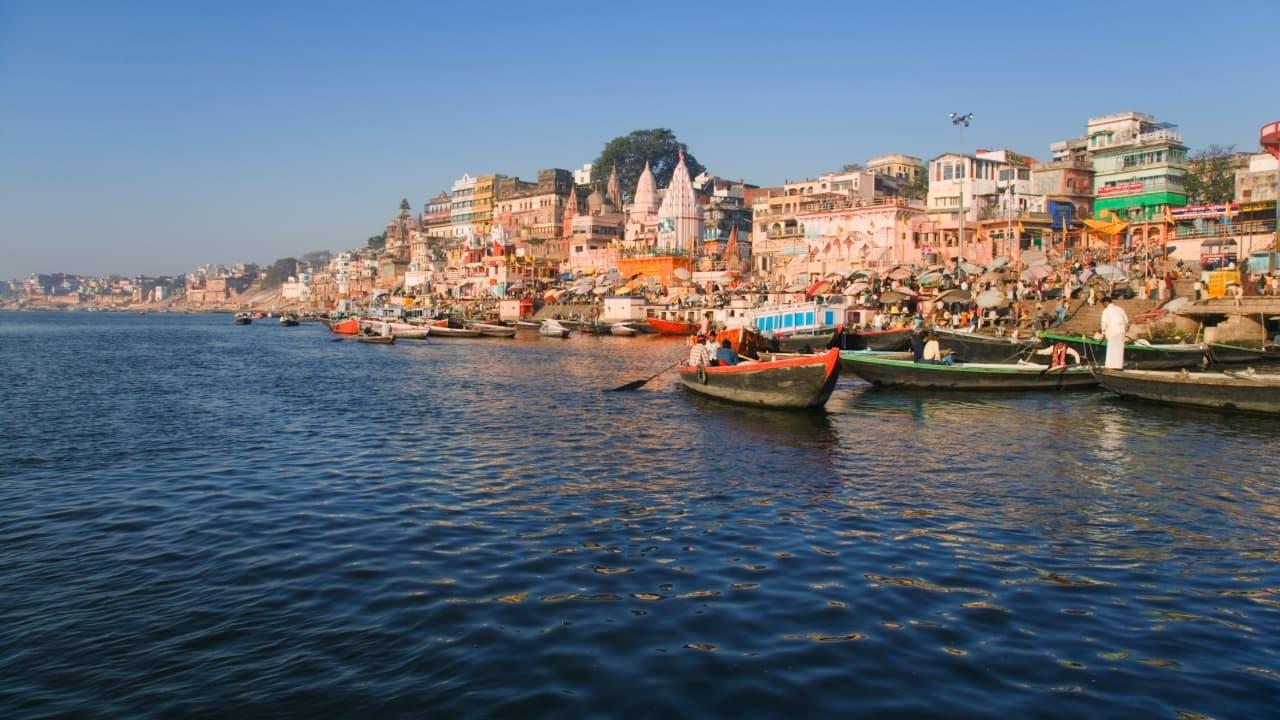
Ganges River Is Drying Faster Than Ever: Worst Drought In 1,300 Years, Study Finds
The Ganges River is drying up at an alarming rate, and the main cause is human activity. A recent scientific study reveals that the river is experiencing a level of drying not seen in over 1,300 years. This river is essential for the lives of nearly 600 million people in India and neighbouring regions, providing water for drinking, agriculture, industry, and religious practices. However, between 1991 and 2020, the Ganges went through its worst dry spell in more than a thousand years, worse than the severe droughts of the 1500s. The research was published in Proceedings of the National Academy of Sciences.
What the Study Found
Scientists from IIT Gandhinagar in India and the University of Arizona in the US aimed to understand how the Ganges has evolved over time. They studied modern data and ancient climate records. They examined tree rings, which indicate yearly rainfall levels. These records, part of the Monsoon Asia Drought Atlas, helped them recreate the river's flow from 700 CE to 2012. Using advanced computer models, they linked this tree-ring data with more recent river information. To ensure accuracy, they compared their findings with historical accounts of droughts and famines in the region.
They discovered that the current drying of the Ganges is 76% more severe than the worst drought in the past 1,300 years. Not only is the river drier, but droughts are occurring more frequently and lasting longer.
What's Causing the River to Dry Up?
While natural weather patterns contribute to the issue, the researchers say that human actions are the primary cause. The monsoon is now less strong and less predictable, leading to less rainfall reaching the Ganges. This summer monsoon weakening is linked to warming of Indian Ocean due to climate change and air pollution from human sources like factories, vehicles, and power plants. This kind of pollution, known as aerosols, can block sunlight, and reduce rainfall.
Most climate models didn't predict this extreme drying. This means we might be underestimating the risks to major rivers such as the Ganges.
What Can Be Done?
The researchers suggest two urgent actions to help prevent the situation from worsening:
1. Improve climate models to better understand how human activities affect rainfall and river flow in specific regions like South Asia.
2. Develop smarter water management strategies. Since the Ganges is vital for millions of people, it is important to use its resources more wisely. This includes better storage systems, efficient irrigation, and sustainable planning for cities and industries.
This study serves as a clear warning: if we don't take action now, water shortages could become even more intense, impacting millions of lives and ecosystems.
Legal Disclaimer:
MENAFN provides the
information “as is” without warranty of any kind. We do not accept
any responsibility or liability for the accuracy, content, images,
videos, licenses, completeness, legality, or reliability of the information
contained in this article. If you have any complaints or copyright
issues related to this article, kindly contact the provider above.
Most popular stories
Market Research

- Solo Leveling Levels Up: Korean Billion-Dollar Megafranchise Goes Onchain With Story
- Freedom Holding Corp. (FRHC) Shares Included In The Motley Fool's TMF Moneyball Portfolio
- From Tracking To Thinking: Edgen's“Smart Portfolio” Brings Portfolio-Native Multi-Agent Reasoning To Asset Portfolios
- Cregis At FOREX Expo 2025: Connecting Forex With Crypto Payment
- Currency Relaunches Under New Leadership, Highlights 2025 Achievements
- Cregis At TOKEN2049 Singapore 2025: Unlocking The Next Frontier Of Adoption



















Comments
No comment